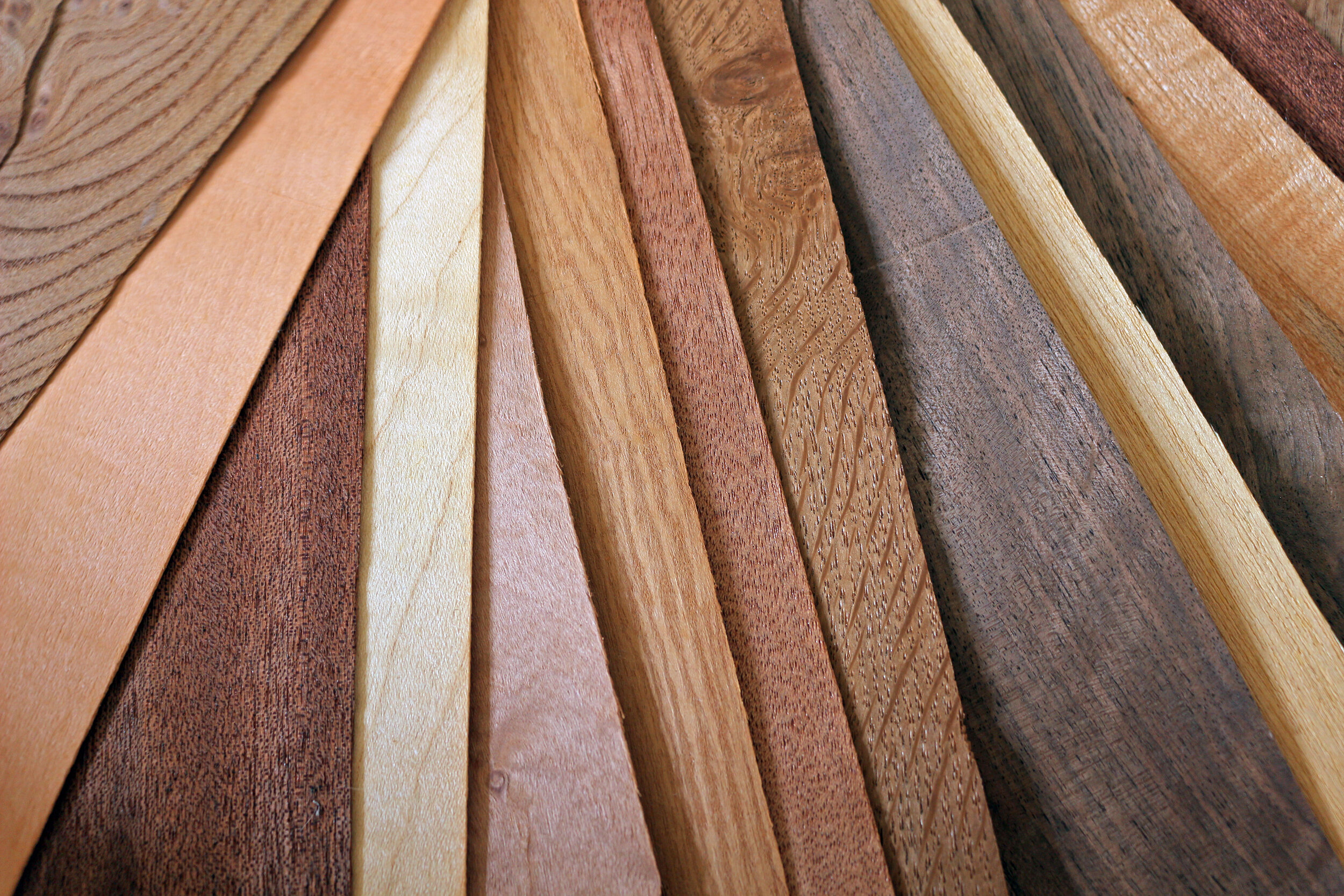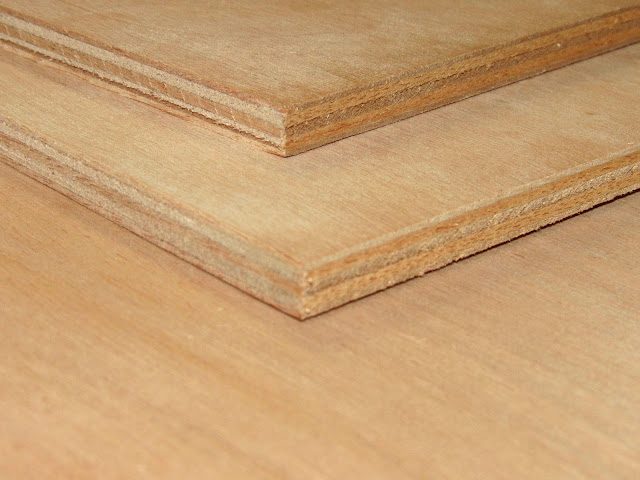The Wood Sheet Buyer's Guide: 5 Essential Tips & Tricks
Woodworking projects are as varied as the craftsmen who create them, and one key aspect to achieving the perfect result is selecting the right wood sheets for the job. With a wide range of options available in terms of wood species, grades, and sizes, it can be overwhelming to decide on the best choice for your specific application. That's where our wood sheet buyer's guide comes in. We've listed 5 essential tips and tricks to consider when purchasing wood sheets, so you can invest your money wisely and create masterpieces worth talking about.
Know the different types of wood sheets:
Understanding the various types of sheet wood on the market is crucial to selecting the right one for your project. Some common types include plywood, MDF (medium-density fibreboard), particleboard, and OSB (oriented strand board). Each has its own set of advantages and disadvantages, depending on your needs. For instance, plywood is strong and versatile, making it suitable for various woodworking projects, while MDF is an affordable alternative that is easy to work with but may not be as durable. Research each type and its properties to choose the right one for your project.
Select the appropriate wood species:
Wood sheets are available in numerous species, each with distinct characteristics that can affect the final product's appearance and performance. When browsing through different options, consider factors such as grain pattern, colour, hardness, and moisture resistance. Some popular wood species include oak, maple, cherry, and walnut. Remember that certain species may be more expensive or harder to find, so be sure to consider availability and budget alongside the desired aesthetic qualities.

Understand wood sheet grades:
Wood sheet grades can provide insight into the quality of the material, as they refer to the number and severity of defects present in the wood, such as knots, splits, and discoloration. The grading system varies depending on the type of wood sheet, but typically follows a range from top-quality (“A” grade) to lower-quality (“D” grade). Be aware that higher-grade wood sheets may be more expensive, so it's essential to balance quality with your project's budget and requirements.
Choose the right thickness and size:
The thickness and size of the wood sheet can greatly impact the stability and strength of your project. Common wood sheet thicknesses include 1/8-inch, 1/4-inch, 1/2-inch, and 3/4-inch, but the specific dimensions can vary depending on the type of wood sheet and its intended use. Consider your project's structural requirements when selecting the appropriate thickness, and don't forget to account for waste material when determining the required size. Remember, it's better to have extra material on hand than to run short in the middle of a project.
Inspect the wood sheets before purchasing:
When selecting wood sheets, always inspect the materials for any signs of damage, warping, or defects that could affect the performance and appearance of your finished project. Look for consistent colour and grain patterns, and ensure the wood sheet is flat and free of cracks, crevices, or rough surfaces. It's also important to consider the source of the wood to ensure its sustainably harvested and comes from a reputable supplier, so you can trust the quality of your materials.
Conclusion:
With so many variables to consider, purchasing wood sheets can seem like a daunting task. However, by implementing these essential tips and tricks, you'll be well-equipped to make informed decisions and choose the perfect wood sheets for your project. By selecting the appropriate wood species, grade, type, size, and inspecting the materials before purchasing, you'll be one step closer to creating a woodworking masterpiece that not only looks great but also stands the test of time.


Comments
Post a Comment